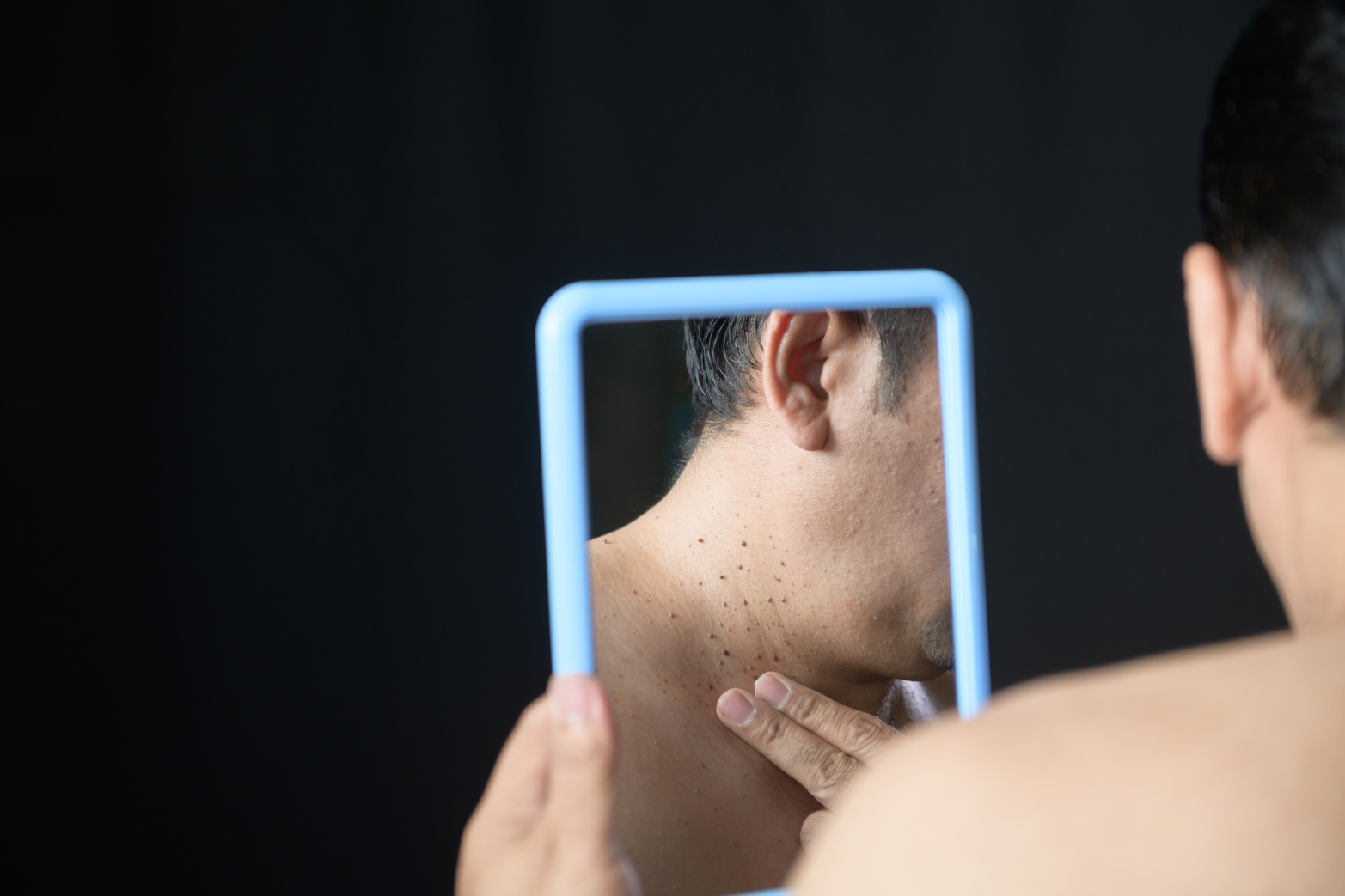Why are Melanoma Death Rates Rising for Men and Not Women?

After decades of “Practice Sun Safety” campaigns, the latest data on malignant melanoma death rates shows a distinct contradiction.
Mortality rates from “the bad skin cancer” are steady or falling for women.
Male death rates? They’re rising in most countries.
Researchers recently presented data at the 2018 National Cancer Research Institute (NCRI) Cancer Conference, held in Glasgow, Scotland. They shared that melanoma mortality rates between 2013 and 2015 in men were rising in all but one – the Czech Republic – country of 33 studied.
Why? There are two parts of the equation: incidence and mortality, according to Dr. Robert Kirsner, a top skin cancer expert at Sylvester Comprehensive Cancer Center.
“If more people are diagnosed, then more people may succumb to the disease. We know that incidence – or the percent of all men diagnosed – for melanoma after age 65 is roughly double the incidence of women the same ages,” says Dr. Kirsner. “By age 80, the incidence rates are triple for men than women in their age group, according to the American Cancer Society. Is it that men are for some reason increasing their sun/ultraviolet exposures? Are men protecting themselves less well from the sun? Several factors may possibly be at play.”
Many variables at play
When it comes to mortality rates, more variables open up for further study according to Dr. Kirsner, who is the chair of dermatology and cutaneous surgery at the University of Miami Health System, and a former chair of the American Academy of Dermatology’s Council on Education.
“Even if men might be wearing the same amounts of sunscreen as women, at all the right times, is it possible that when men develop a spot on the skin, they are more apt to ignore it? If so, they could be diagnosed at later, less treatable, stages of disease than their female counterparts.”
Thankfully, he sees hope through two avenues.
“If more melanomas can be prevented, mortality can likely be reduced. Even if incidence, for any reason, cannot be reduced, we have better treatments today to help decrease deaths from the disease,” says Dr. Kirsner.
The challenge of interpretation: in-situ melanomas
One additional challenge is that the diagnosis is open to interpretation. For example, invasive melanomas have already grown into lower layers of the skin. They may have already spread a bit. And they are fairly easy to see and diagnose.
“In-situ melanomas, however, are growing in the very top layers of the skin,” says Dr. Kirsner. “They’re less recognizable. Sometimes an unusual looking mole clinically is read by a dermatopathologist as an in-situ melanoma, which it might be. It might also be a premalignant lesion, called a dysplastic nevi.”
Exploring biological differences
Men’s and women’s bodies are biologically different. Is that helping women survive melanoma more than men? Dr. Kirsner thinks that recent studies point to a potential yes; more research is underway.
“German studies of 11,000 melanoma cases found a 38 percent higher likelihood of female survival, all other factors equal,” says Dr. Kirsner. “Women’s melanomas were noted as being less likely, or slower, to spread (metastasize) into lymph nodes. Some other research by Stanford University and the Cancer Prevention Institute of California studied deaths from melanoma in 1,600 adolescents and young adults (ages 18 to 39) cases. Again, there were survival differences. In these younger patients, the women’s reproductive years may have played a protective role.”
Recommendations and precautions
Regardless, Dr. Kirsner and other skin cancer professionals recommend the following for men and women:
- Follow proven safe-sun precautions and sunscreen recommendations.
- Practice examining your own skin more regularly for any changes.
- Schedule a skin exam with a dermatologist every three years before 40 years old, and annually after age 40.
- Know your personal and family risk factors. If you are at higher risk, schedule exams more frequently with your dermatologist.
- Remember UV and sun exposure risks are around you 12 months a year … not just in the summer.
- Accept that no one is free and clear of risk. Although certain populations have greater risk levels (e.g. those with darker skin pigments), all races and ethnicities are susceptible.
To make an appointment for an initial skin assessment in the Miami area, call 305-243-6704. For information about melanoma treatments and tests, visit Sylvester Comprehensive Cancer Center.
John Senall is a contributing writer for UMiami Health News. He is a former hospital and comprehensive cancer center communications director.
Tags: dermatology, Dr. Robert Kirsner, in-situ melanoma, melanoma, skin cancer, Sylvester Comprehensive Cancer Center
